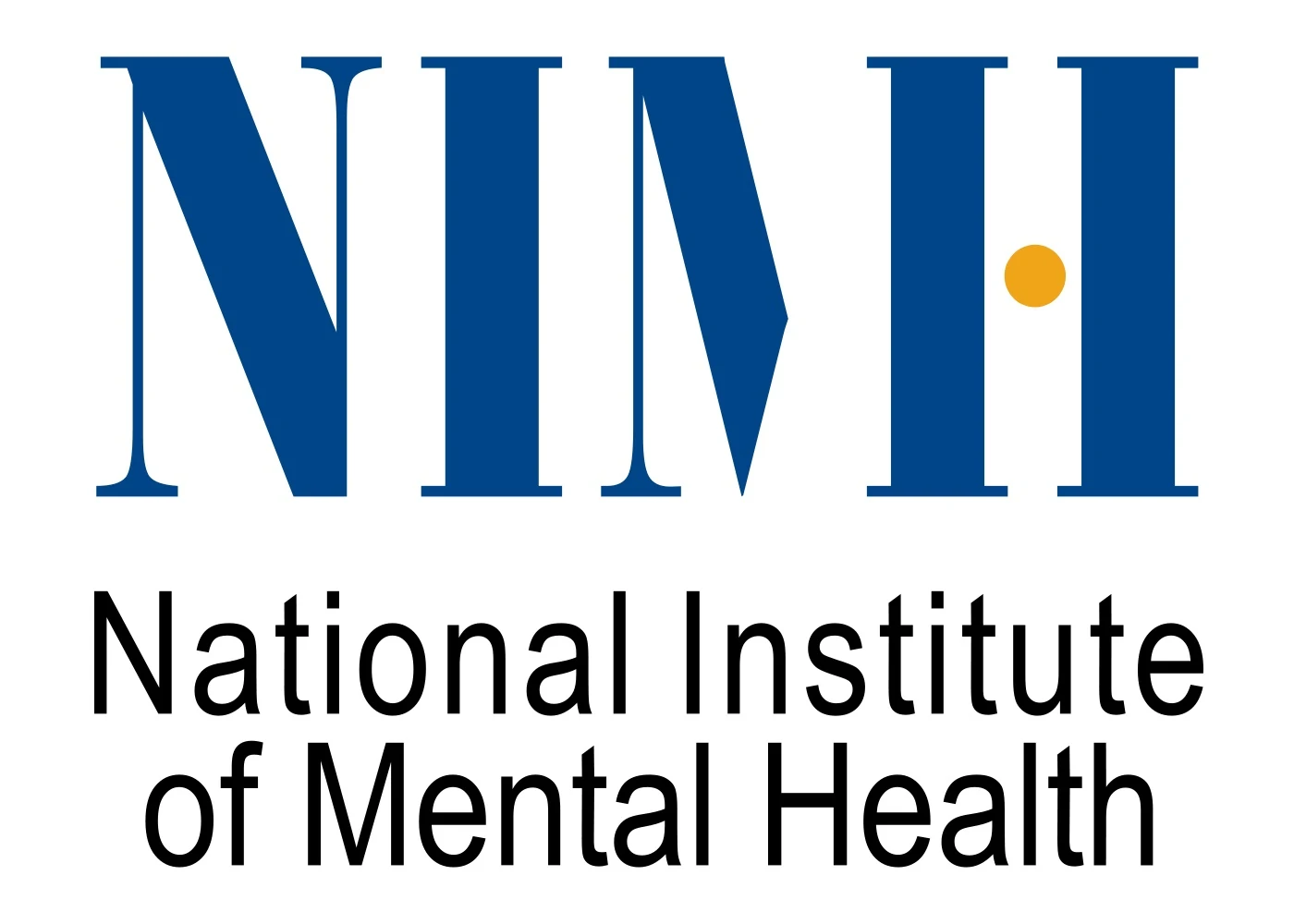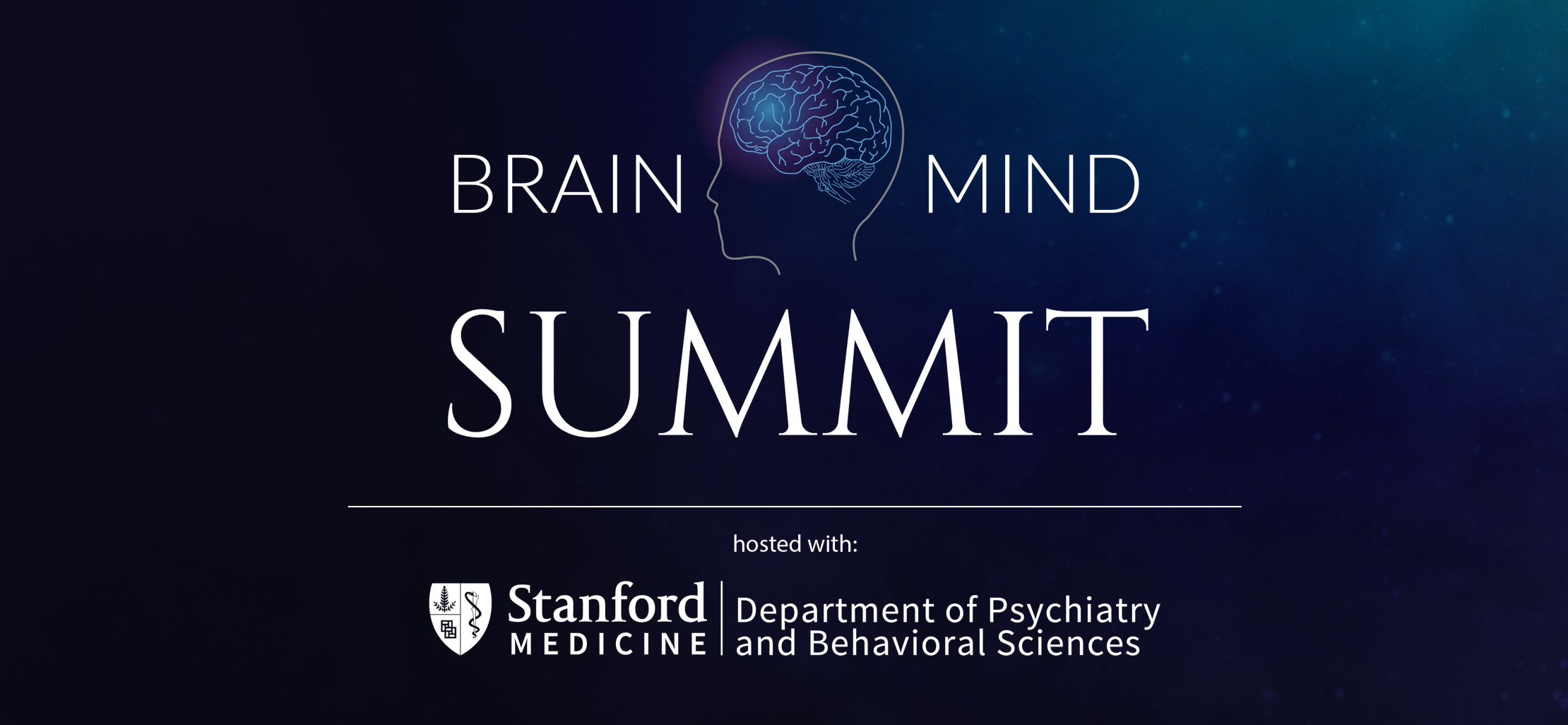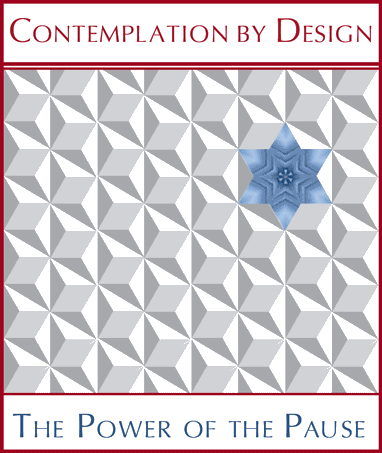Recent Talks
Speaker: Manish Saggar
Date: 2024-02-01 00:00:00 +0000
Hosted by: UCLA Office of Advanced Research Computing (OARC), Dr. Lucina Uddin
Abstract: Understanding the neurobiological underpinnings of psychiatric disorders has long been a challenge. This talk addresses this issue by exploring how noninvasive neuroimaging, despite its inherent limitations, can be leveraged to anchor psychiatric disorders into neurobiology. Two main challenges in this endeavor are identified -(a) the inherent noise in noninvasive neuroimaging devices and (b) the limited utilization of biophysical models. To tackle the first challenge, we propose the application of Topological Data Analysis (TDA), specifically Mapper, as a novel approach. I present some promising results on how Mapper can capture evoked transitions during tasks, intrinsic transitions during resting states, changes in the landscape or shape associated with psychiatric disorders, and various pharmacological interventions and neuromodulation techniques. I will highlight a few methodological advances for Mapper that could enhance its applicability in noninvasive neuroimaging studies. Finally, the talk concludes by posing open questions to understand the neurobiological basis of psychiatric disorders better and pave the way for innovative therapeutic strategies.

Speaker: Manish Saggar
Date: 2023-11-08 00:00:00 +0000
Hosted by: Applied Algebraic Topology Network, Dr. Henry Adams
Abstract: Understanding the neurobiological underpinnings of psychiatric disorders has long been a challenge. This talk addresses this issue by exploring how noninvasive neuroimaging, despite its inherent limitations, can be leveraged to anchor psychiatric disorders into neurobiology. Two main challenges in this endeavor are identified, (a) the inherent noise in noninvasive neuroimaging devices and (b) the limited utilization of biophysical models. To tackle the first challenge, we propose the application of Topological Data Analysis (TDA), specifically Mapper, as a novel approach. I present some promising results on how Mapper can capture evoked transitions during tasks, intrinsic transitions during resting states, changes in the landscape or shape associated with psychiatric disorders, and various pharmacological interventions and neuromodulation techniques. I will also highlight a few methodological advances for Mapper that could enhance its applicability in noninvasive neuroimaging studies. Finally, the talk concludes by posing open questions to better understand the neurobiological basis of psychiatric disorders and pave the way for innovative therapeutic strategies.

Speaker: Manish Saggar
Date: 2023-08-01 00:00:00 +0000
Hosted by: Mind Summer School, Dartmouth College
Abstract: Here, Manish discussed different studies of finding the neural correlates of human-human interaction. The talk focuses on three main areas of research - dyadic, triadic, and internal interactions. In dyadic interaction, we examined simple motor coordination tasks using fNIRS imaging and found differences based on sex and video game experience. In the triadic interaction, we synchronized three fMRI scanners to study collaborative drawing tasks, observing brain activity patterns and their relation to team creativity. We used topological data analysis (TDA) to analyze brain activity across individuals, finding differences in collaborative dynamics. Manish also discussed potential future research directions, including interaction with non-humans, brain stimulation, and neurodiversity.

Speaker: Manish Saggar
Date: 2021-08-30 00:00:00 +0000
Hosted by: Brain Space Initiatve, Dr. Vince Calhoun
Abstract: In this talk Manish discusses how even in the absence of external stimuli, neural activity is both highly dynamic and organized across multiple spatiotemporal scales. The continuous evolution of brain activity patterns during rest is believed to help maintain a rich repertoire of possible functional configurations that relate to typical and atypical cognitive phenomena. Whether these transitions or “explorations” follow some underlying arrangement or instead lack a predictable ordered plan remains to be determined. Here, using a precision dynamics approach, we aimed at revealing the rules that govern transitions in brain activity at rest at the single participant level. We hypothesized that by revealing and characterizing the overall landscape of whole brain configurations (or states) we could interpret the rules (if any) that govern transitions in brain activity at rest. To generate the landscape of whole-brain configurations we used Topological Data Analysis based Mapper approach. Across all participants, we consistently observed a rich topographic landscape in which the transition of activity from one state to the next involved a central hub-like “transition state.” The hub topography was characterized as a shared attractor-like basin where all canonical resting-state networks were represented equally. The surrounding periphery of the landscape had distinct network configurations. The intermediate transition state and traversal through it via a topographic gradient seemed to provide the underlying structure for the continuous evolution of brain activity patterns at rest. In addition, differences in the landscape architecture were more consistent within than between subjects, providing evidence of idiosyncratic dynamics and potential utility in precision medicine.

Speaker: Manish Saggar
Date: 2021-06-30 00:00:00 +0000
Hosted by: National Institute of Mental Health (NIMH)
Abstract: The National Institute of Mental Health (NIMH) hosted a two-day workshop on Advanced Statistical Methods and Dynamic Data Visualizations for Mental Health Studies. On Day 1, June 28, 2021, researchers shared their research on advances in statistical methods and applications. On Day 2, June 30, 2021, researchers (including Manish) shared their work in visualizing dynamic and interactive data. The main goals for this workshop were to (a) address the role of statistical methods in identifying meaningful effects in large neuro-behavioral samples, administrative data, or social media sources; and (b) showcase advanced methods for dynamic and interactive data visualization and identify potential use cases and gaps for these new dynamic data visualization tools.

Speaker: Manish Saggar
Date: 2021-01-18 00:00:00 +0000
Hosted by: Neurodesign Lecture - Artificial Intelligence and the Neuroscience of Creativity (WT 2020/21)
Abstract: In this talk Manish discusses his research on the neuroscience of creativity. Specifically, he talked about (1) neuroscience of creativity using fMRI and Pictionary; (2) enhancing creativity using design thinking and associated neural correlates; (3) brain development and creative slump in 4th grade; and (4) neuroscience of team creativity and fMRI-hyperscanning; and (5) anchoring creativity into known cognitive constructs.

Speaker: Manish Saggar
Date: 2019-09-17 00:00:00 +0000
Hosted by: 2018 BrainMind Summit @ Stanford
Abstract: In this talk Manish discusses the challenges in diagnosing mental health disorders compared to medical conditions with biological markers. He emphasizes the need for personalized approaches to brain imaging, as most studies involve group-level analysis. He shares the concept of n=1 neuroimaging, aiming to capture individual brain dynamics. To achieve this, he uses Topological Data Analysis to understand the shape of brain dynamics as a whole and mentions its potential in improving diagnostic accuracy for conditions like ADHD and depression. He also highlights the importance of mechanistic insights and computational models to better characterize brain activity in healthy and patient populations.

Speaker: Manish Saggar
Date: 2019-06-19 00:00:00 +0000
Hosted by: 2019 Organization of Human Brain Mapping Meeting, Rome, Italy
Abstract: In this talk Manish discusses how the application of TDA-based Mapper technique can facilitate examination of the organization of intrinsic brain activity in individuals with fragile X syndrome (FXS) at the single participant level. FXS is known to be the leading known single gene cause of Autism Spectrum Disorders. The resting state fMRI data were gathered from individuals with FXS and healthy controls. The severity of autism symptoms was assessed using Social Communication Questionnaire. Without collapsing data in space or time, we extracted a representation of overall brain dynamics for each participant using Mapper. The brain’s dynamical representation was later quantified using discrete-time finite-state Markov Chains and community detection tools from network science. Preliminary results suggest a relation between the average degree of a Markov Chain graph and severity of autism symptoms observed in individuals with FXS. Altogether, he presents one of the first applications of TDA-based methodologies to examine brain activity dynamics in clinical populations.

Speaker: Manish Saggar
Date: 2018-11-01 00:00:00 +0000
Hosted by: Contemplation By Design Summit 2018, Stanford University
Abstract: This talk presents existing and new research from the emerging interdisciplinary field of contemplative neuroscience. The goal of this talk is to share current understanding about how training in contemplative practices (e.g. meditation) affects the brain and behavior. Some of the remaining questions and new directions for research also will be discussed. Manish is a computational neuroscientist and directs the Brain Dynamics Lab at Stanford. The overarching goal of his lab is to develop computational methods that would allow for extracting personalized insights about the brain’s dynamical organization in healthy and patient populations. He received his Ph.D. from the University of Texas at Austin, where he worked on developing one of the first biophysical network models for understanding how intensive meditation training changes brain dynamics. He is a meditator for more than 20 years and loves to talk about meditation and the brain.
